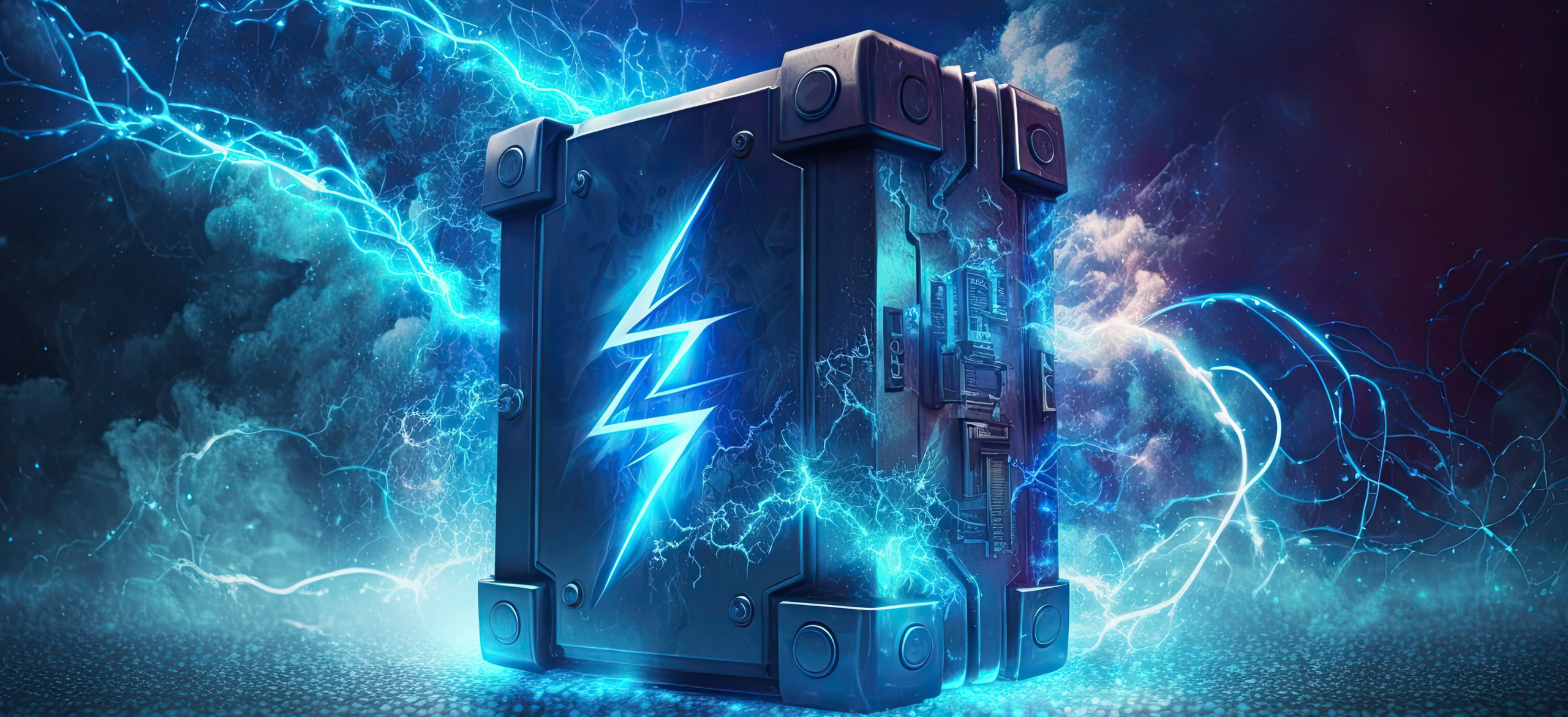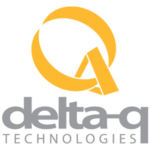How to Accelerate the Adoption of Electrification
Industrial and non-road machinery have long grappled with a divisive choice: internal combustion engines (ICE) or electric drivetrains. At the Future of Electrification 2024 conference, a panel of experts from Zapi UK, 4e Consulting, ZAPI GROUP, and Delta-Q Technologies tackled the challenging subject of how to accelerate electrification.
As the effects of electric adoption trickle into markets worldwide, questions arise. What is driving electrification? How can it be accelerated, and what are the benefits of doing so?
By examining the panel’s answers to these questions, industrial OEMs glean valuable insights into the industry’s trajectory, enabling informed decisions that align with future trends.
Watch the full session here:
Factors Fueling Electric Innovation
The global machinery market is complex, with countless competing drivers and variables between regions. Yet recent years have seen a single narrative unite the industry: reducing CO2 emissions.
Rallying under this green flag of sustainability, a clear domino effect on the market has emerged:
- Government incentives – Local grants and programs kickstart the increased adoption of electric machinery.
- Consumer awareness – As consumers become familiar with electric vehicles, demand increases in turn.
- Social responsibility – This demand and “green awareness” pressures manufacturers into offering electric options.
- Advancing technology – Meeting regulatory standards and consumer expectations requires new innovations.
- Market competition – An arms race ensues as surrounding companies attempt to catch up or stay ahead
These dynamic drivers create a positive feedback loop, propelling the strong growth seen in electrified machinery.
As noted, these factors are heavily region-dependent. For instance, Europe’s stringent emission regulations (such as Euro 7) can be challenging to meet, yet clearly drive adoption; Europe’s forklift market boasts 90% electrification rates compared to 60-65% in the Americas.
Challenges and Barriers to Electric Adoption
One of the primary barriers to the widespread adoption of electrification is communication. Despite over 86% of electric commercial vehicles being capable of meeting expected range requirements, this information is neither widely communicated nor understood.
Further, while the technology for electric vehicles is mature, supporting infrastructure often lags behind. Such infrastructural difficulties often stem from an even deeper issue: lack of standardization. This can prove especially challenging in global markets, where mismatched ports and protocols result in frustrating incompatibilities and workarounds that slow down the overall adoption of electric vehicles.
The final deterrent is electric machinery’s higher upfront costs compared to internal combustion engines (ICE). Ultimately, this circles back to lack of communication—the initial sticker shock OEMs experience when considering electric drivetrains overlooks the drastically reduced total cost of ownership over the machinery’s lifetime.
Charging Ahead: Overcoming Obstacles to Electrification
These challenges to adopting electric technology cannot be overcome individually. Just as a united effort to combat emissions kickstarted the electrification movement, a similar approach is needed to see it through to completion.
What does this approach look like in practice? Experts from the panel identified three key pillars:
- Driving industry education
- Elevating product development
- Building and supporting partnerships
Engaging with suppliers who embody these pillars is essential, especially for OEMs just embarking on the electrification journey. These suppliers, with decades of experience, are in the best position to act as a strategic partner and advisor, ensuring holistic integration amidst the swap from ICE.
This partnership is also crucial considering the contrasting areas of expertise. Legacy OEMs—coming from a background of engineering diesel engines—may not have practiced knowledge regarding the mechanics of components such as:
- Electric motors
- Power electronics
- Batteries and chargers
- Battery Management Systems (BMS)
Truly driving electrification therefore requires cooperation and education at every link in the value chain—from OEM to operator. In these areas and more, the three pillars of education, integrated product development, and strategic partnerships set the foundation for an electric future.
Incentive Programs: Genuine Drivers of Electrification?
The current state of electrification has created a “gold rush” as thousands of companies compete for government grants and funding for electric endeavors. For instance, programs like the Faster Adoption and Manufacturing of Hybrid and Electric Vehicles (FAME) in India have attracted numerous international businesses to enter the Indian market.
While such programs can certainly play a role in accelerating time to market (especially for OEMs lacking extensive in-house technology), this must be balanced with a measure of caution. Ideally, incentives serve as a supplement, a nice-to-have addition that supports your electrification objectives.
When the incentives inevitably stop, where will this leave your project? OEMs must ask this question before overstretching themselves to acquire such funding—ensuring electrification strategies are commercially viable regardless of the incentive.
Powering Profits: How Going Electric Builds a Better Bottom Line
Incentives aside, one thing is clear: adopting electrified machinery results in better business outcomes. How so? Much of it can be attributed to the market domino effect mentioned at the outset:
- Increased manufacturer demand for batteries have lowered their initial cost and bar to entry
- Heightened consumer demands allows OEMs to ensure profitable sales
- Improved technology is lowering the total cost of ownership for electric machinery
As market winds shift towards Environmental, Social, and Governance (ESG) frameworks, OEMs can see stronger returns by focusing on the unique needs of their market. Beyond just the machinery, these sustainable values themselves are propelling electrification and enhancing profitability.
Where to Begin? Initial Steps for Electrification Success
For OEMs venturing into electrification, preparation from the earliest stages is crucial. To ensure long-term success and sustainability in this endeavor, consider the following three-step framework:
- Start by conducting a feasibility study of the entire life cycle of the machine. This includes everything from initial development to aftermarket maintenance, repairs, and replacements.
- Consider the infrastructure needed to support reliable charging. OEMs must assess factors like charging station availability, types of chargers needed, and the potential need for new installations.
- Partner with a holistic supplier. Aim for a supplier that is more than a simple parts vendor, but an experienced consultant that can help charter a clear roadmap and lend field-tested expertise at every step.
With a holistic view and innovative spirit, OEMs can successfully navigate the complexities of electrification, positioning for the all-electric future soon to come.
The Electric Horizon Ahead
Today, the question is no longer a choice between ICE or electric drives. As adoption rates for electrified machinery skyrocket, the debate must move beyond this two-dimensional choice.
For OEMs and industry leaders, electrification is not just a possibility. It’s a necessity. Rather than dwell on the challenges, decision makers should seek out and highlight the opportunities that electrification unlocks.
By adopting these strategies, we as an industry can guide conversations toward the promising future electrification offers. Embracing this transition and educating others about it does more than drive market adoption—it drives a better, more sustainable tomorrow.





